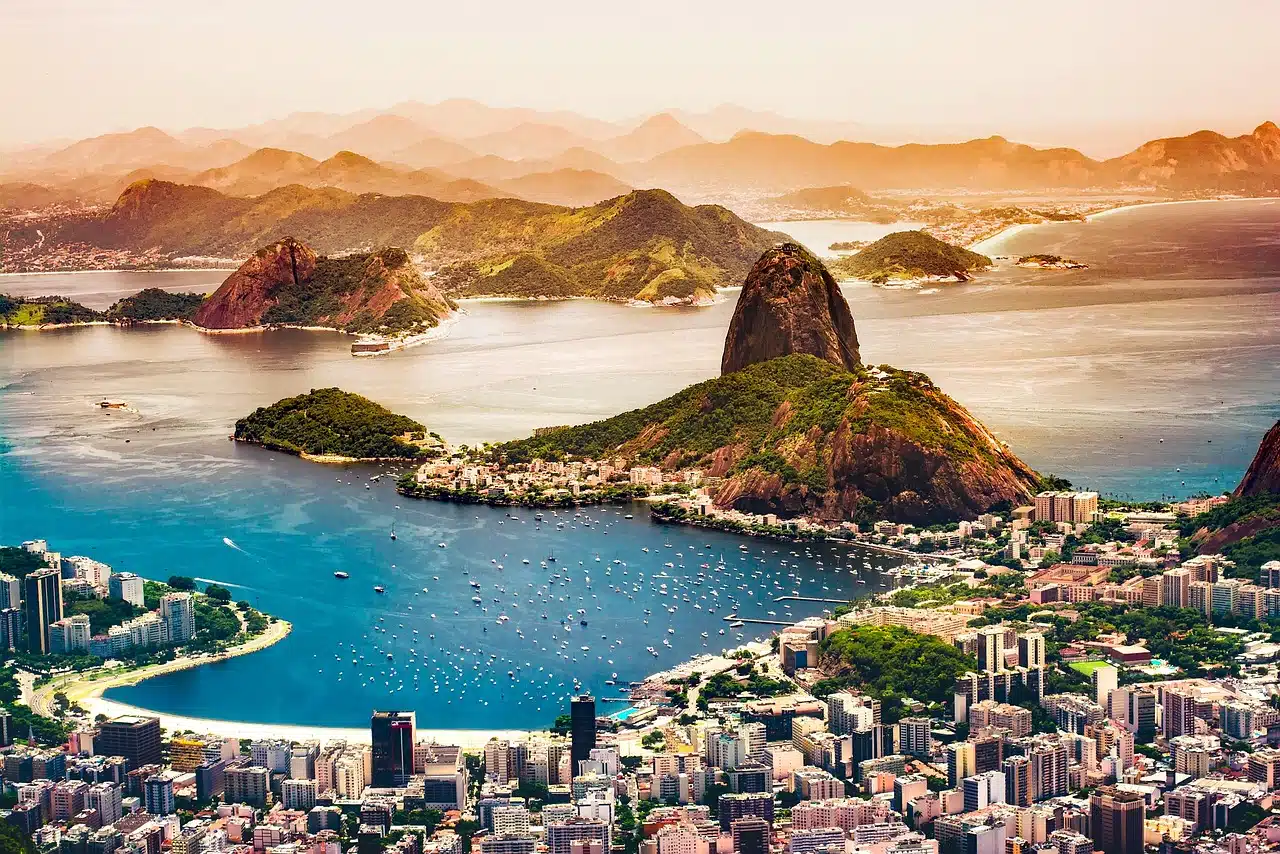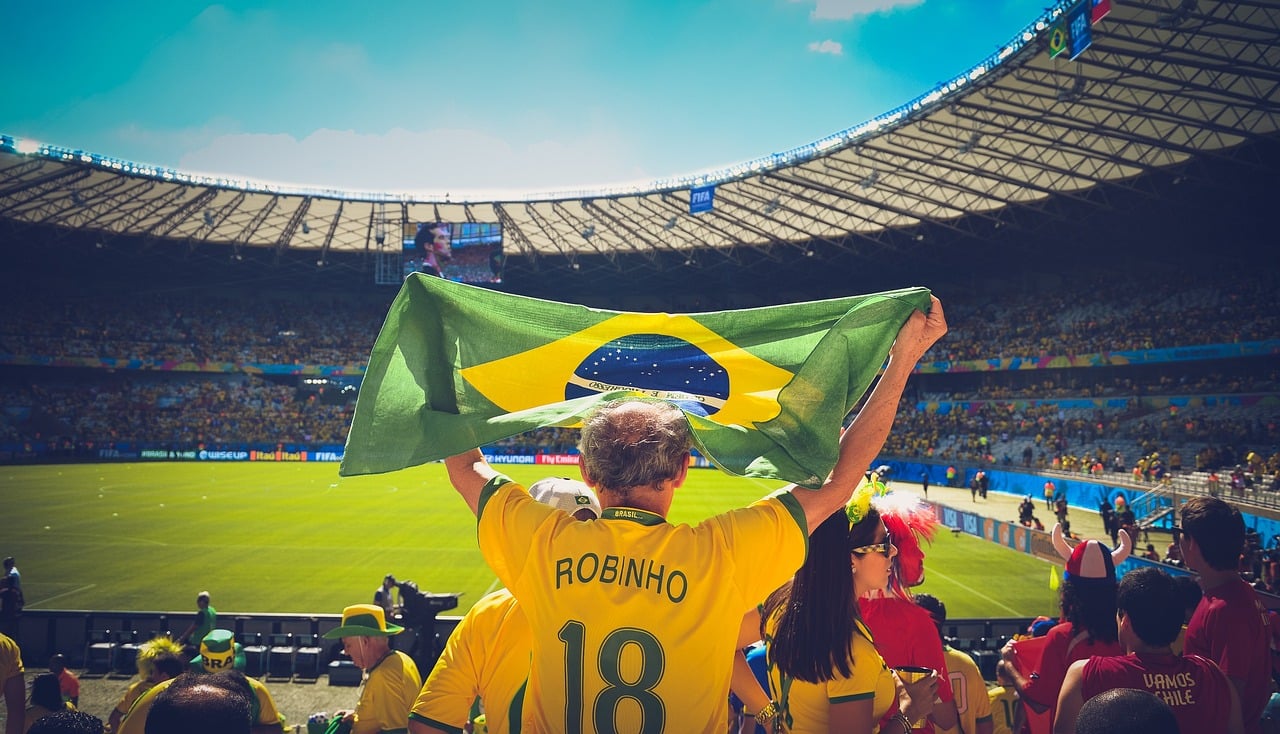
Landscape of Rio de Janeiro, the main tourist destination in Brazil.
Brazil is the name of the largest country in South America , Latin America and the Southern Hemisphere . Its surface area exceeds 8.5 million square kilometers , which allows it to position itself as the fifth largest country in the world, only surpassed by Russia , Canada , China and the United States .
Republic of Brazil
It is a republic whose official language is Portuguese . Brazil declared its independence in 1822 and today is made up of a federal district and twenty-six states.
With more than 210 million inhabitants , Brazil is in seventh place among the countries with the largest number of inhabitants. Due to its gross domestic product ( GDP ), meanwhile, it is among the ten most important economies on the planet.
The capital of Brazil is Brasilia , a city that began to be built in 1956 with a design by the urban planner Lúcio Costa and with Oscar Niemeyer as the most important architect. The most populated city in the nation is Sao Paulo , while Rio de Janeiro is its main tourist destination.
One of the highlights of Brasilia is its unique urban design and modernist architecture. Seen from the sky, it resembles an airplane or a bird in flight , with the different functional areas arranged in wing-shaped "superblocks." The main government buildings and monuments are located on the Monumental Axis, a wide avenue that crosses the city.
Brazilian culture
Among the main constituents of Brazilian culture we find samba , bossa nova and football . Samba is a musical genre and dance style that has its roots in the mixture of various cultural influences, including African, indigenous and European traditions. She is known for her vibrant rhythms, upbeat melodies, and lyrics that often reflect themes of love, everyday life, and social protest.
Bossa nova is a Brazilian musical genre that developed in the 1950s. It is known for its relaxed style and fusion of samba and jazz influences. Iconic artists such as João Gilberto, Antônio Carlos Jobim and Vinícius de Moraes were instrumental in the creation and popularization of bossa nova. This music is characterized by its soft melodies, sophisticated harmonies and poetic lyrics. Songs like "Garota de Ipanema" are famous examples of bossa nova.
Regarding football, it is a national passion in Brazil and plays an important role in culture and daily life. This country has produced some of the most talented and famous players in the world, such as Pelé, Zico, Ronaldo, Ronaldinho and Neymar , among others. The Brazil national football team has won the FIFA World Cup on multiple occasions and is a source of pride for the country. Football matches in Brazil are massive social events, and the passion for the sport is reflected in music, art and everyday life.
Tree
The term brazil , meanwhile, is used to refer to a tree that belongs to the family group of papilionaceae. Its wood is called Brazilwood . Brazil is also called the color that is similar to that of this wood and the dye obtained from it.

Brazil is a power in the field of football.
The brazil is a medium to large sized tree that can reach heights of up to 15 meters . Its leaves are compound and are divided into several leaflets. The flowers are small and golden yellow. It produces pods containing bright red seeds , which are also known as brazil .
Before the arrival of Europeans to what is now Brazil, this tree was abundant in the region. The colonizers extracted the wood, appreciated for its intense red color and used for the manufacture of dyes, especially for the textile industry.
The excessive exploitation of Brazil during the 16th and 17th centuries contributed to the depletion of its populations in much of the territory.
